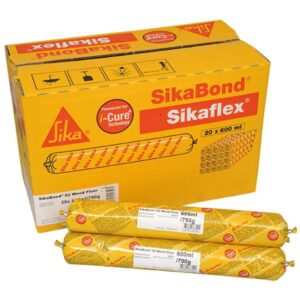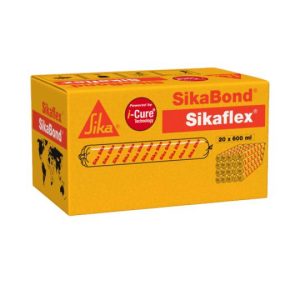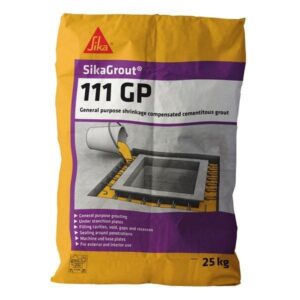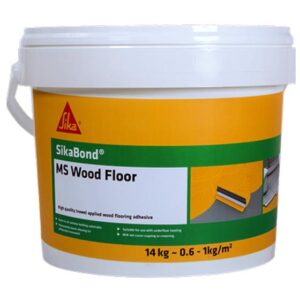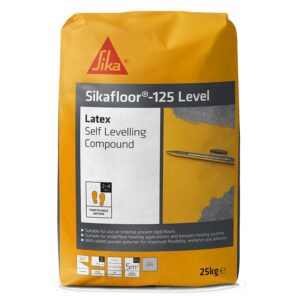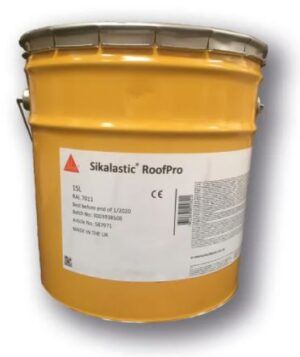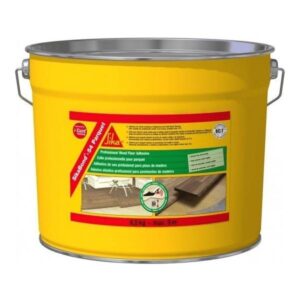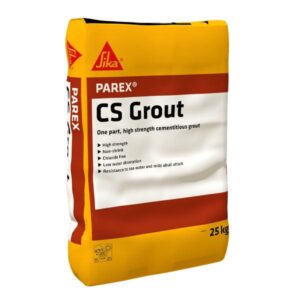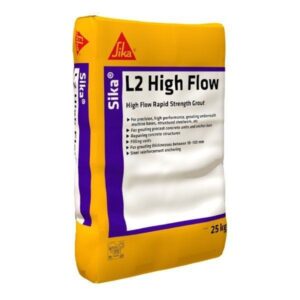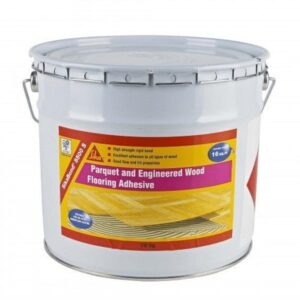What is a floor finish?
Some of the key characteristics of good floor finishing include an aesthetically pleasing look, safety and comfort, as well as durability and the ability to prevent corrosion and fungi build-up.
Proper floor finishing materials and maintenance are particularly important with wood floors. Due to the nature of wood as a flooring material, unfinished wood floors are prone to deteriorate even under the lightest use – in fact, unfinished woods are highly susceptible to outside elements like foot traffic and furniture weight, dirt lodging and moisture. To help prevent such damage, it’s good practice to ensure the wooden floors you’re installing have the proper finishing from the offset.
What are the benefits of tile adhesives?
Another flooring type which greatly benefits from floor finishing are tiles. While the traditional method of tile installation commonly relies on the use of sand and cement, there are a number of benefits to opting for a more innovative and highly efficient tile adhesive for laying tiles during a construction project. Tile adhesive is made from fine sand, OPC and additives to ensure its tile laying properties are optimised. It is incredibly versatile – it can be used on a number of surfaces, from wooden substrates and polished cement to existing tiles.
Using tile adhesive as your choice of floor finishing has a number of benefits – not only does it make tile installation much easier, but also faster and more economical, as it requires less amount of material and allows you to lay and adjust tiles quickly. Moreover, tile adhesives can be used to lay different types of tiles such as ceramic and porcelain and ensure these are held against the floor with a supreme strength; this way professional contractors can guarantee the tiling services they provide hold up against the test of time.
What are the types of floor finishing?
When it comes to floor finishing, the options available to builders are numerous – from concrete and terrazzo flooring, wood or PVC sheet flooring, to mosaic, marble and ceramic tiles, there’s a wide variety which can meet any construction needs.
How to choose the best floor finish
There are a number of factors worth considering when you’re selecting the floor finish for your construction project – the function and cost of the flooring, as well as how comfortable and easy to maintain it needs to be.
What are wall finishes?
A wall finish, as aptly suggested by the name, is the finish given to walls to enhance the look of a structure, either interior or exterior, by providing a decorative layer concealing construction components such as wires, pipes, insulation and structural members. The essential qualities of a quality wall finishing are durability, versatility – to allow for decorative finishes such as wallpaper or paint, and water resistance, especially for bathroom and kitchen walls.
What are the types of wall finishing?
Domestic buildings commonly feature four main types of finishes which can be split into two categories based on their application and makeup. Walls can either have a self finish – a wall finish inherent to the material which doesn’t require application – or a finish which is physically applied by contractors on site. Wall finishes are also split into wet (paint, plaster, wallpaper) or dry (panelling, plaster board, etc.) – both of which have different advantages depending on the end goal of the construction project.


